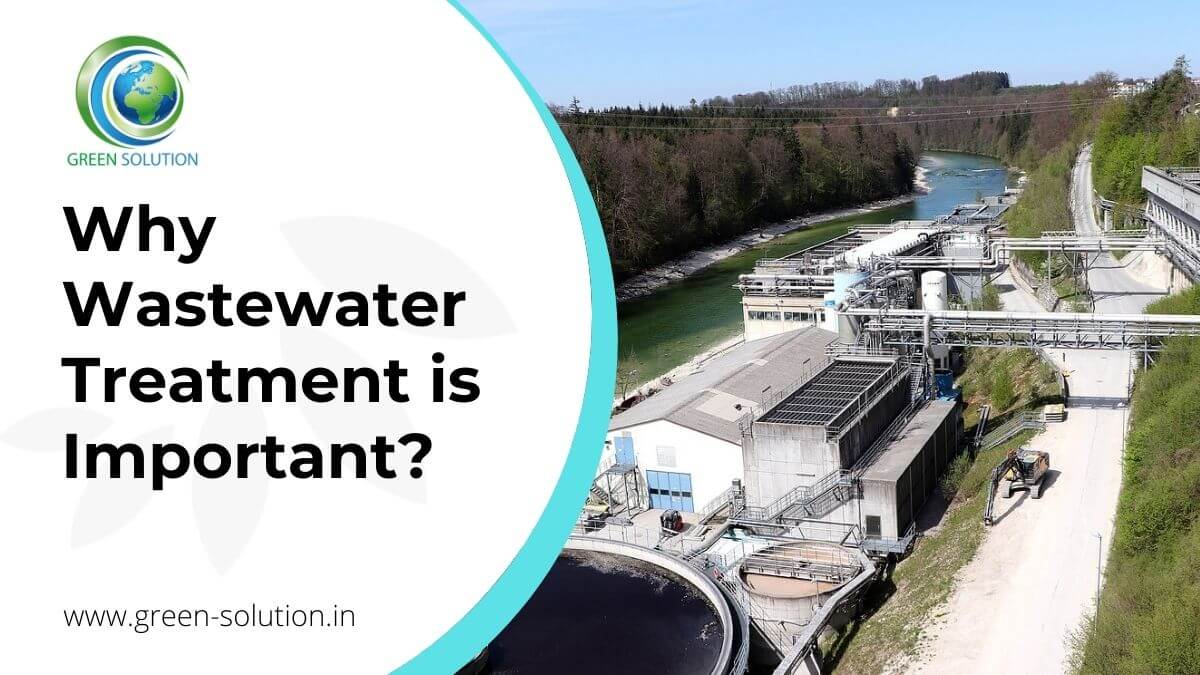Fascination About Reclaim Waste
Fascination About Reclaim Waste
Blog Article
How Reclaim Waste can Save You Time, Stress, and Money.
Table of ContentsUnknown Facts About Reclaim WasteSome Known Details About Reclaim Waste Some Known Incorrect Statements About Reclaim Waste The Buzz on Reclaim WasteThe Main Principles Of Reclaim Waste
Residential sewer waste refers to the waste and items from a property septic container. The appropriate monitoring and disposal of domestic sewer waste require fluid waste to be moved to a sewer treatment plant where the appropriate approaches and equipment are applied to detoxify and dispose of waste.
Business waste frequently consists of possible hazards, such as flammable products or a combination of fluid and solid waste products, and needs an advanced and in-depth disposal procedure. The disposal of business waste generally includes the purification of waste prior to transportation to make sure secure and proper disposal. Hazardous waste is developed from results and runoff of industrial processes and production.
This kind of waste can not utilize the very same sewer monitoring transport or procedures as septic or business fluids. The hazardous waste monitoring procedure calls for the inspection and testing of fluid waste prior to it undertakes the disposal process (industrial wastewater treatment). Drainage waste is the fluid waste that originates from drainage and excess stormwater in extremely inhabited areas or cities
Runoff waste can trigger contamination and flooding if not handled correctly. Ensuring appropriate waste management can avoid calamities and lower ecological injury.
The 20-Second Trick For Reclaim Waste
Call PROS Services today to learn more about our waste administration and disposal solutions and the proper means to care for the liquid waste you create.
(https://hub.docker.com/u/reclaimwaste1?_gl=1*1980ev1*_ga*MTgwOTc3Nzc2OS4xNzMxMzI1Mzkw*_ga_XJWPQMJYHQ*MTczMTMyNTM5MC4xLjEuMTczMTMyNTcwOC4xMC4wLjA.)Do you know what occurs to your water when you end, flush the commode or drain the washing maker? No? Well, it's worth recognizing. This so-called 'wastewater' is not just a crucial resource however, after treatment, will certainly be released to our land, rivers or the ocean. Made use of water from bathrooms, showers, baths, cooking area sinks, laundries and commercial processes is called wastewater.

water utilized to cool equipment or tidy plant and devices). Stormwater, a kind of wastewater, is runoff that streams from farming and metropolitan locations such as roof coverings, parks, gardens, roadways, paths and gutters right into stormwater drains pipes, after rain. visite site Stormwater streams neglected straight to regional creeks or rivers, ultimately getting to the ocean.
The Reclaim Waste Ideas
In Queensland, a lot of wastewater is dealt with at sewage treatment plants. Wastewater is delivered from residential or industrial sites through a system of sewers and pump stations, understood as sewerage reticulation, to a sewage therapy plant.
The Division of Natural Resources suggests city governments regarding handling, operating and keeping sewerage systems and therapy plants. In unsewered areas, city governments might call for homeowners to set up individual or house sewer treatment systems to treat residential wastewater from bathrooms, kitchens, bathrooms and washings. The Division of Natural Resources authorises using family systems when they are shown to be effective.
Most stormwater obtains no treatment. In some brand-new communities, therapy of some stormwater to remove clutter, sand and gravel has actually started utilizing gross contaminant traps. Wastewater therapy occurs in 4 stages: Gets rid of solid issue. Bigger solids, such as plastics and other things incorrectly released to drains, are gotten rid of when wastewater is travelled through screens.
Wastewater after that moves into big containers where solids work out and are removed as sludge. Grease and scum are skimmed from the surface. Makes use of small living microorganisms referred to as micro-organisms to damage down and remove continuing to be dissolved wastes and great particles. Micro-organisms and wastes are integrated in the sludge. Gets rid of nitrogen and phosphorus nutrients that can cause algal blossoms in our rivers and endanger marine life.
Getting The Reclaim Waste To Work
Nutrient removal is not available at all sewage therapy plants due to the fact that it calls for pricey specialist devices. Clear liquid effluent produced after therapy might still include disease-causing micro-organisms - liquid waste disposal.

Many wastewater flows into the sewage system. Under the Act, neighborhood governments administer authorizations and permits for ecologically relevant tasks (Ages) entailing wastewater launches that may have a regional influence.
Reclaim Waste for Beginners
Otherwise, samples are considered research laboratory analysis. Commonly many tests are needed to develop the degrees of each of the various toxins such as oils, heavy metals and pesticides in water. Surveillance provides factual info regarding water top quality and can validate that permit problems are being fulfilled. The details obtained through monitoring offers the basis for making water high quality choices.
Report this page